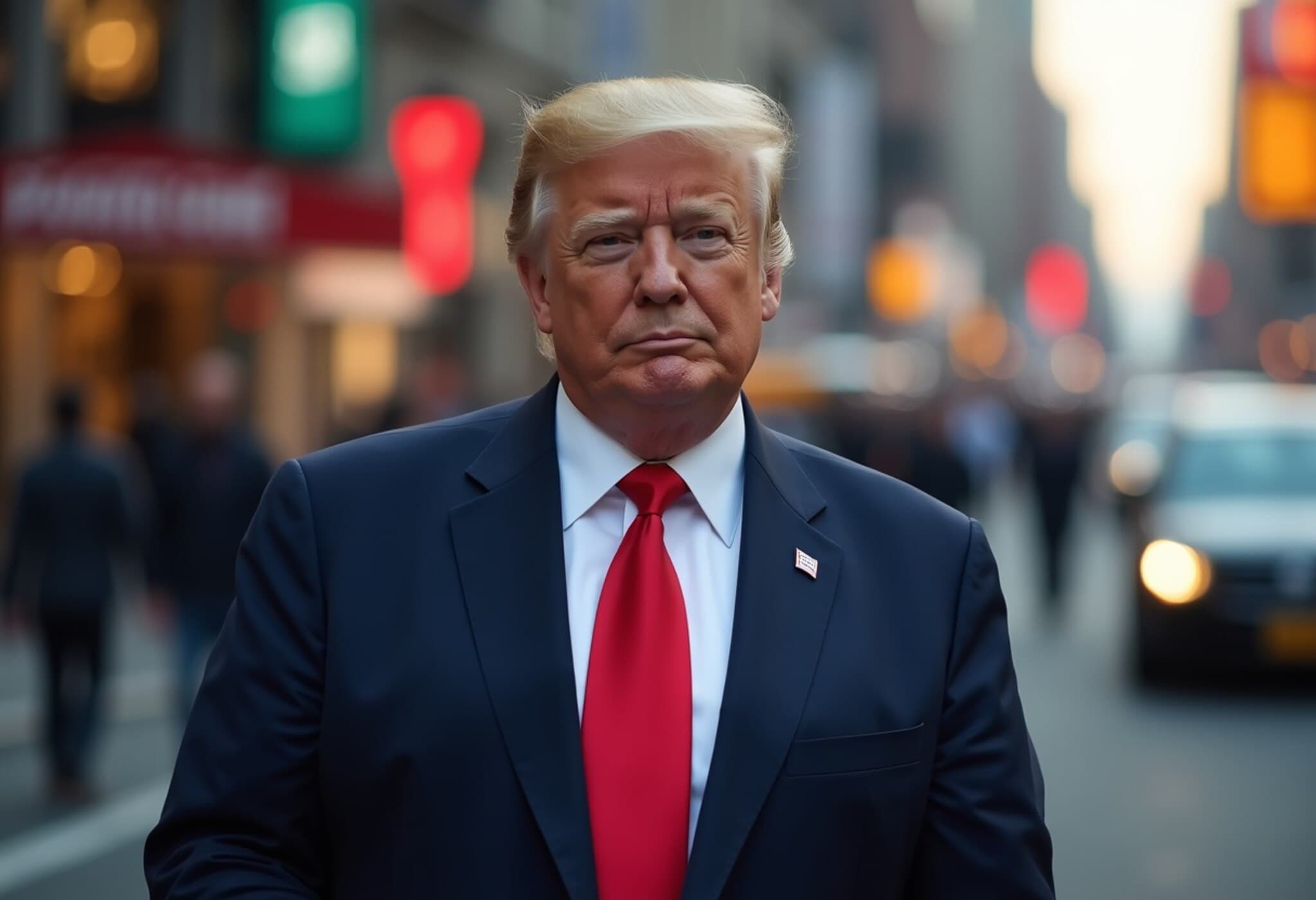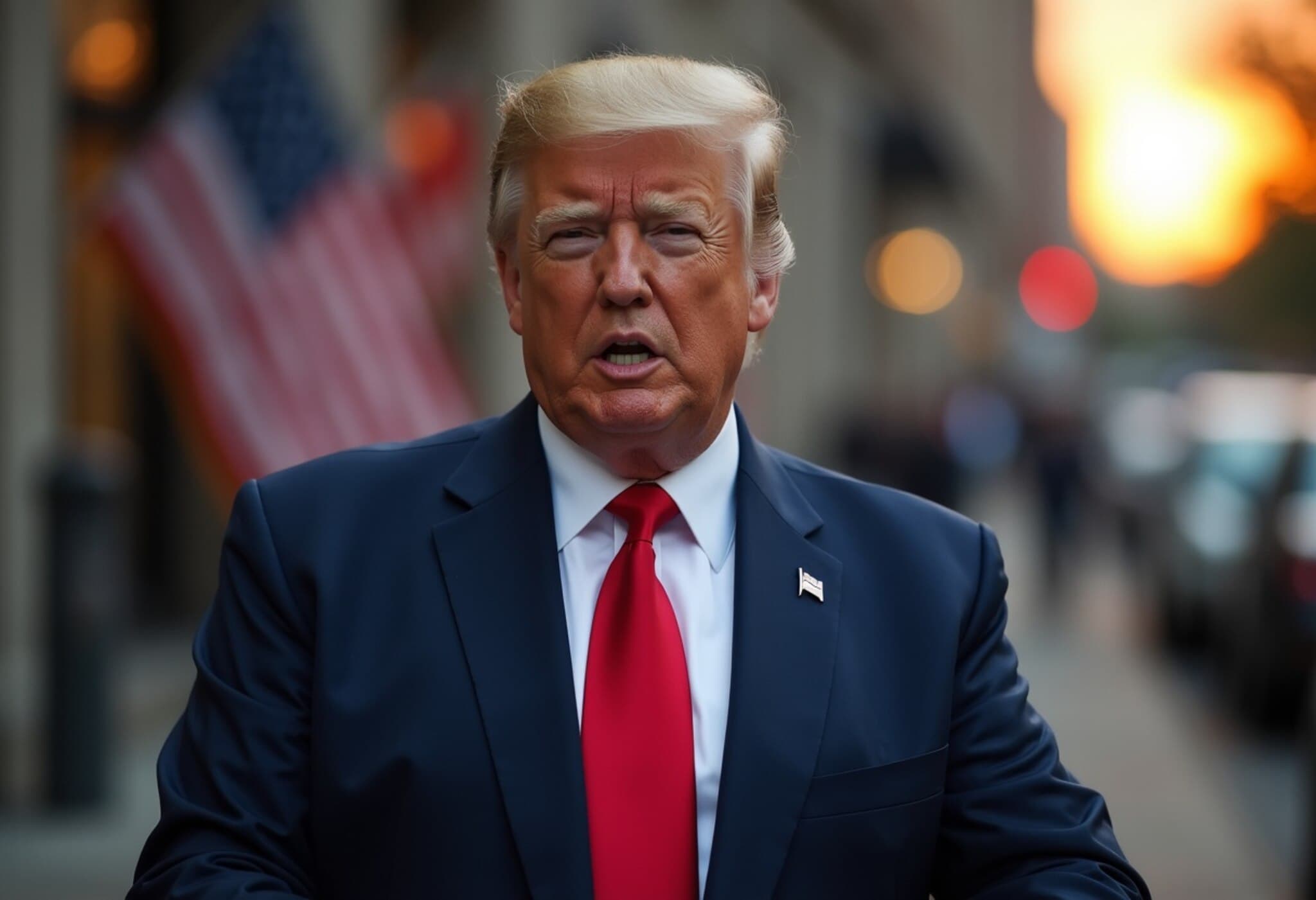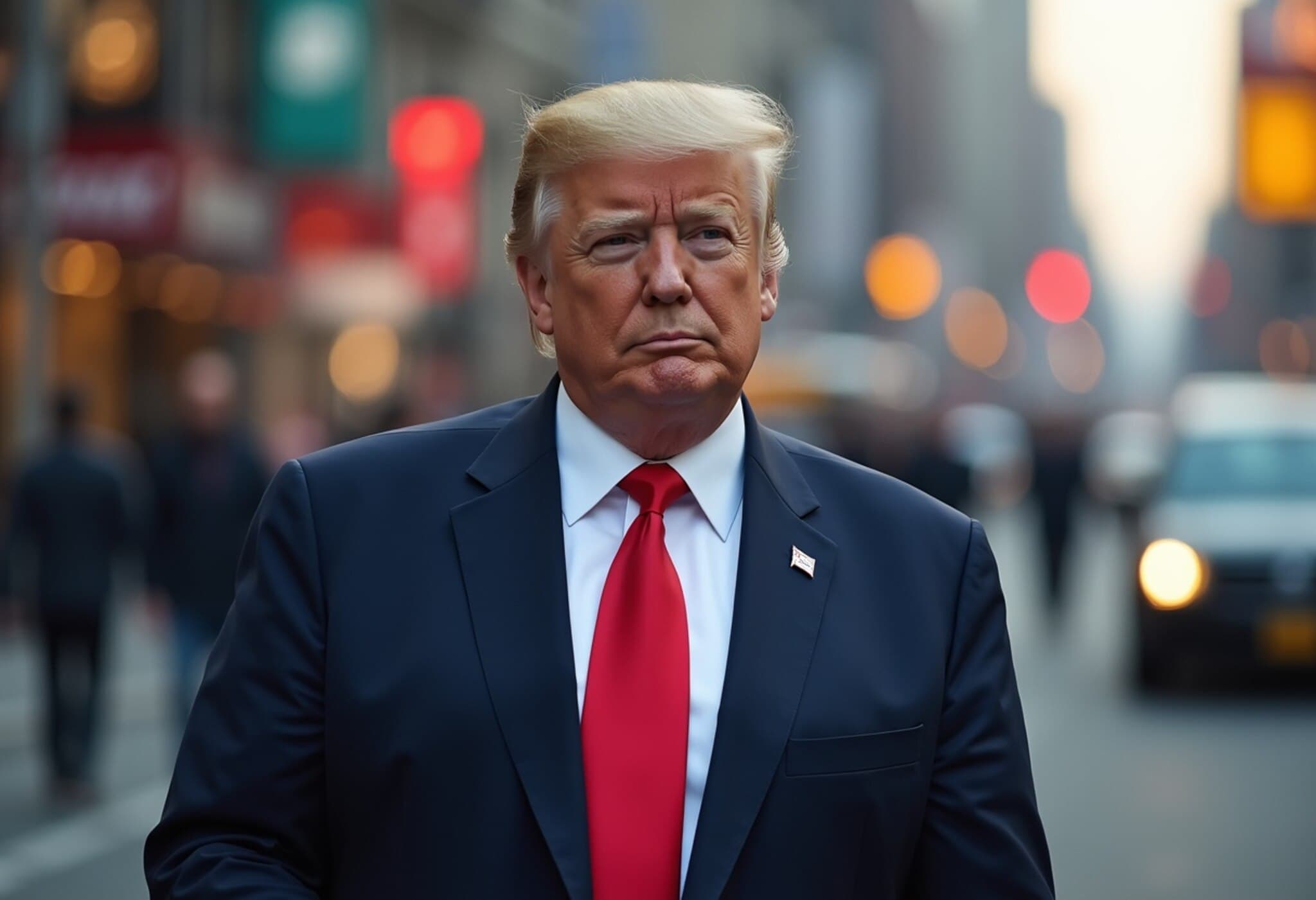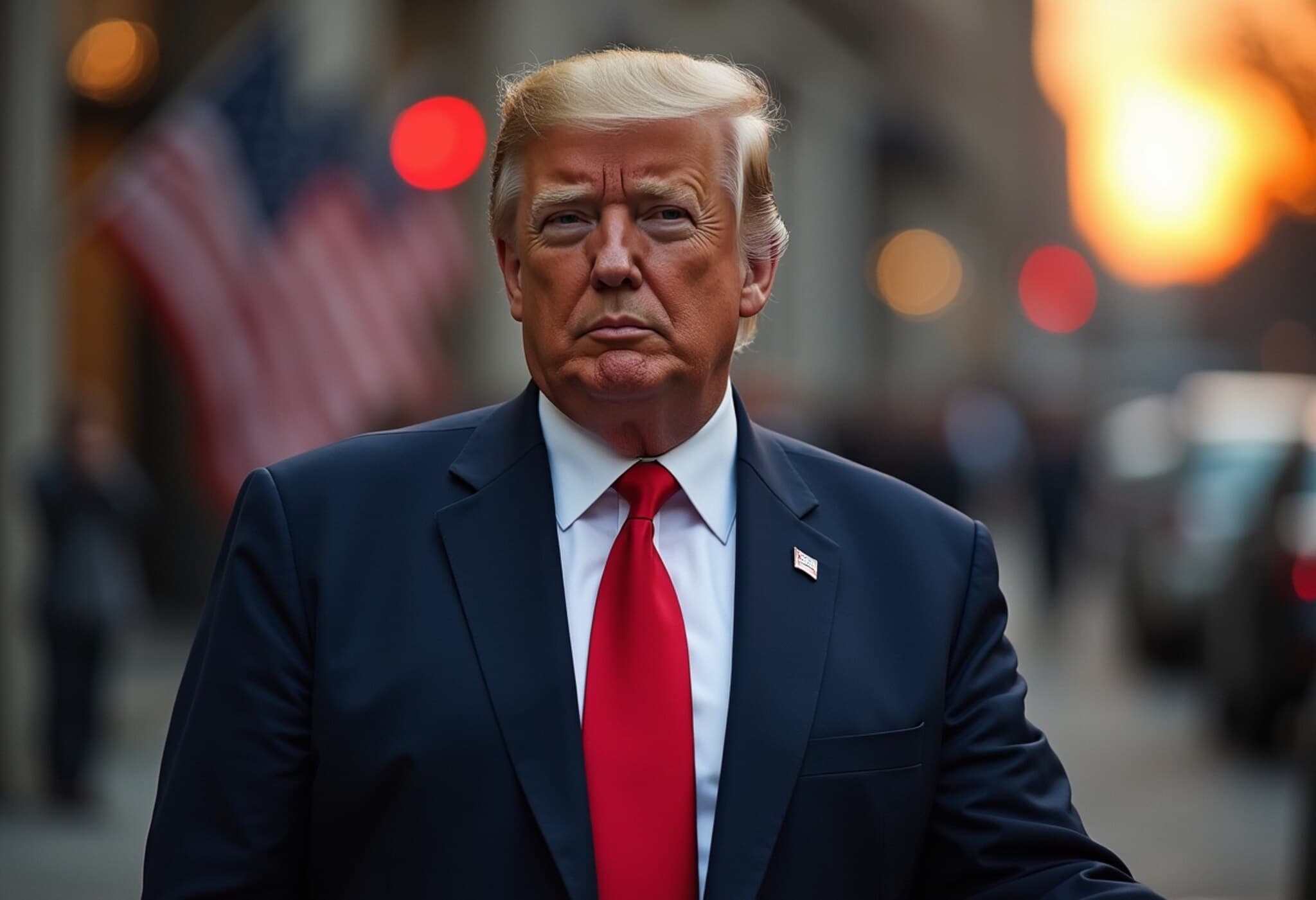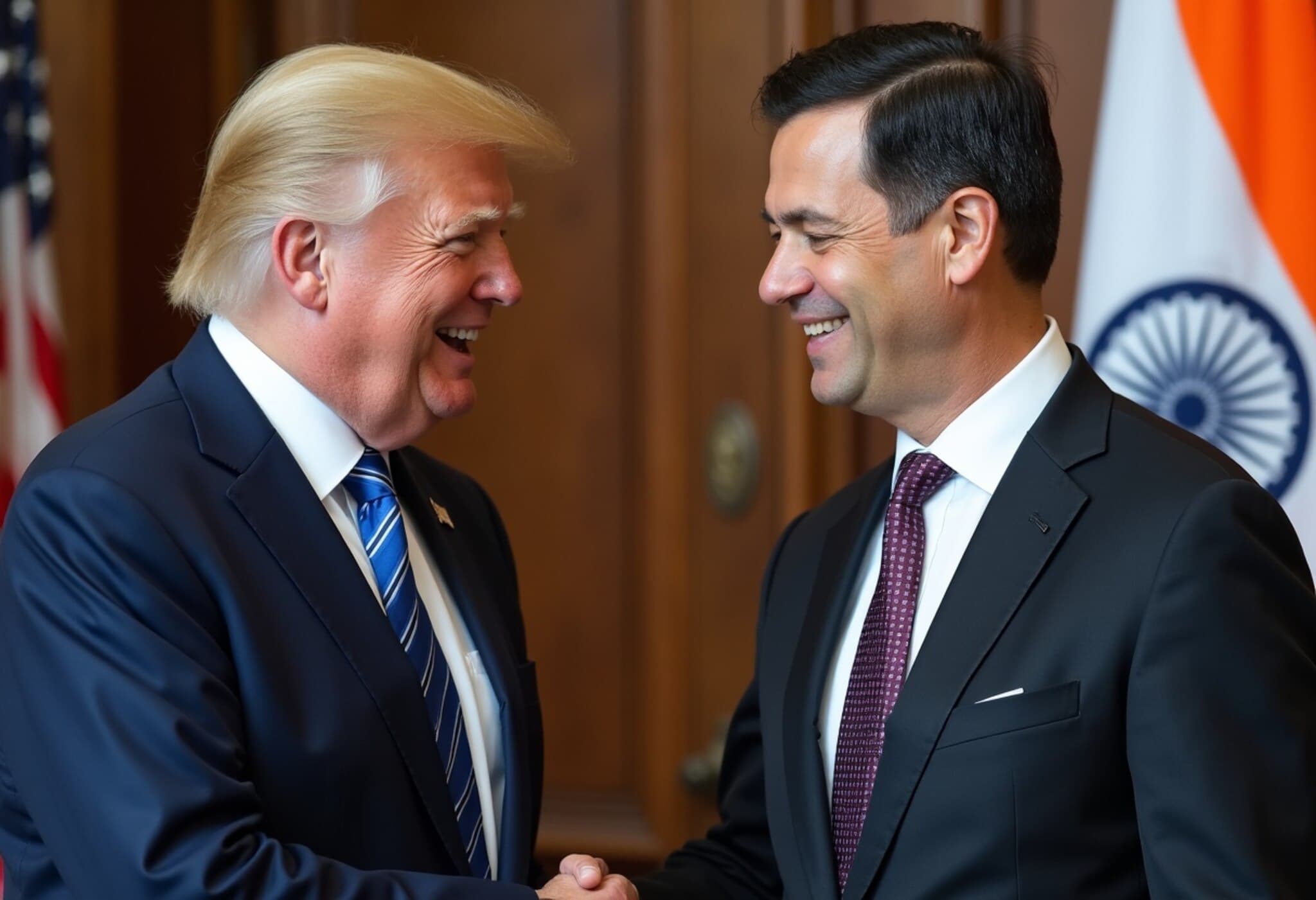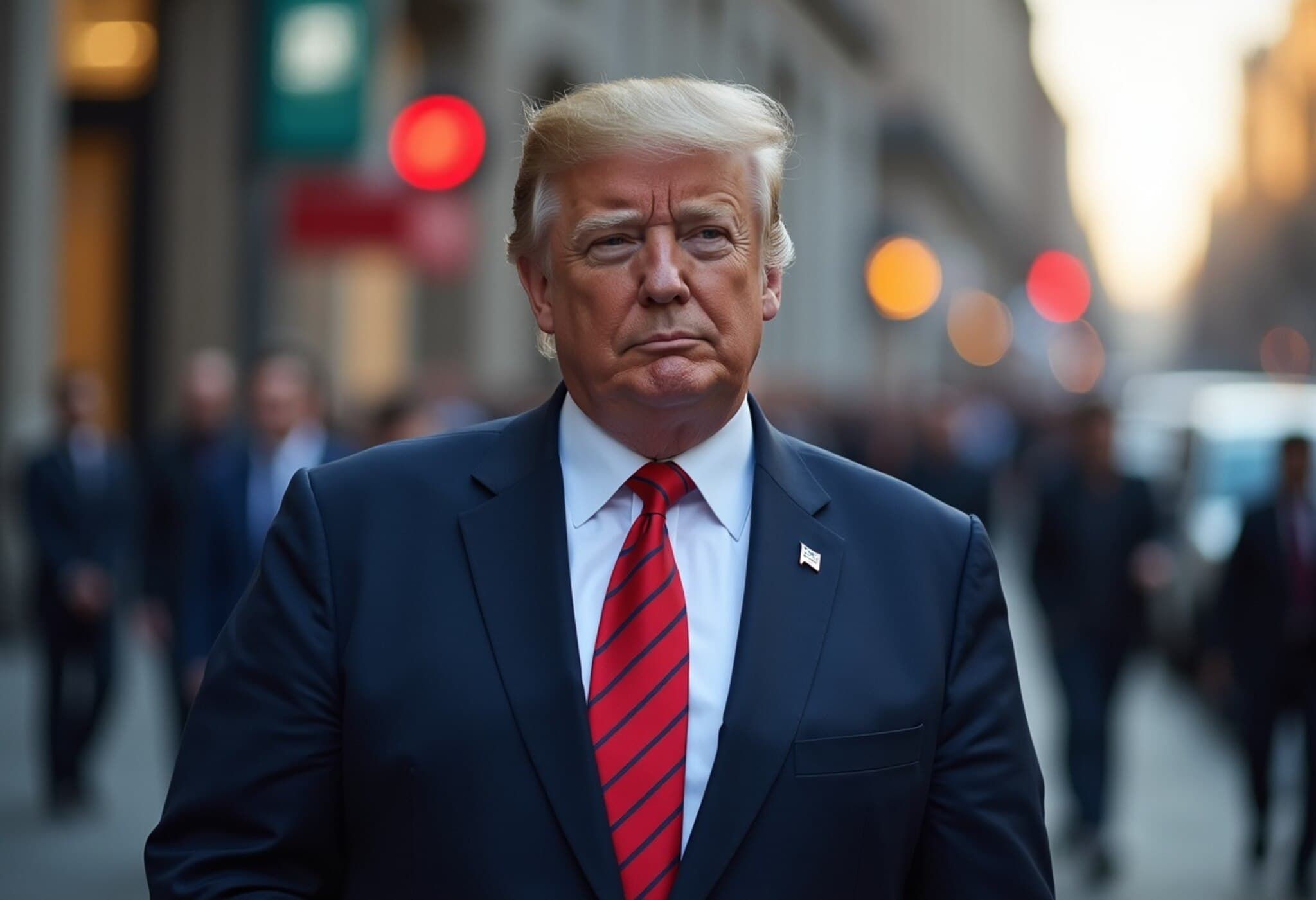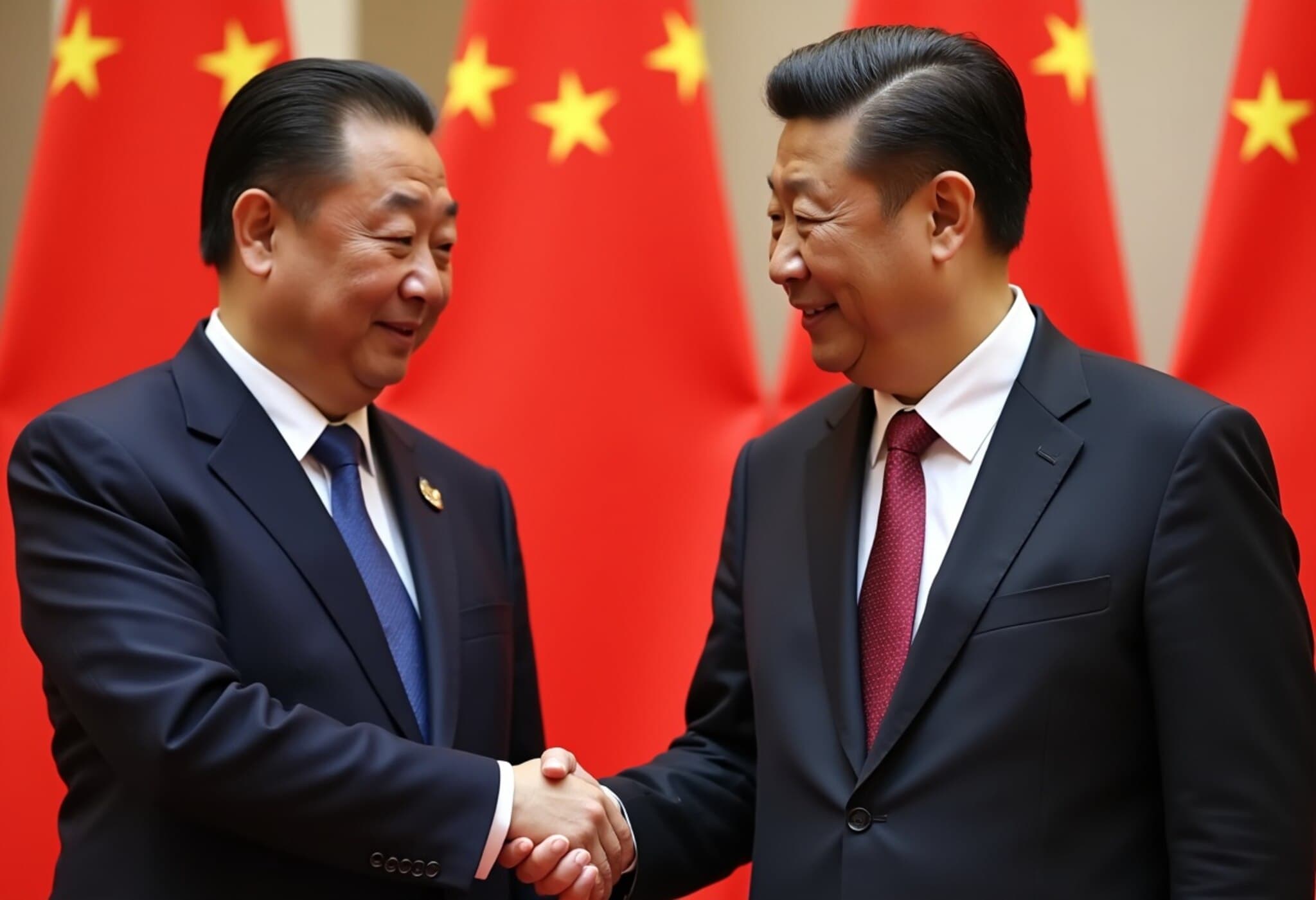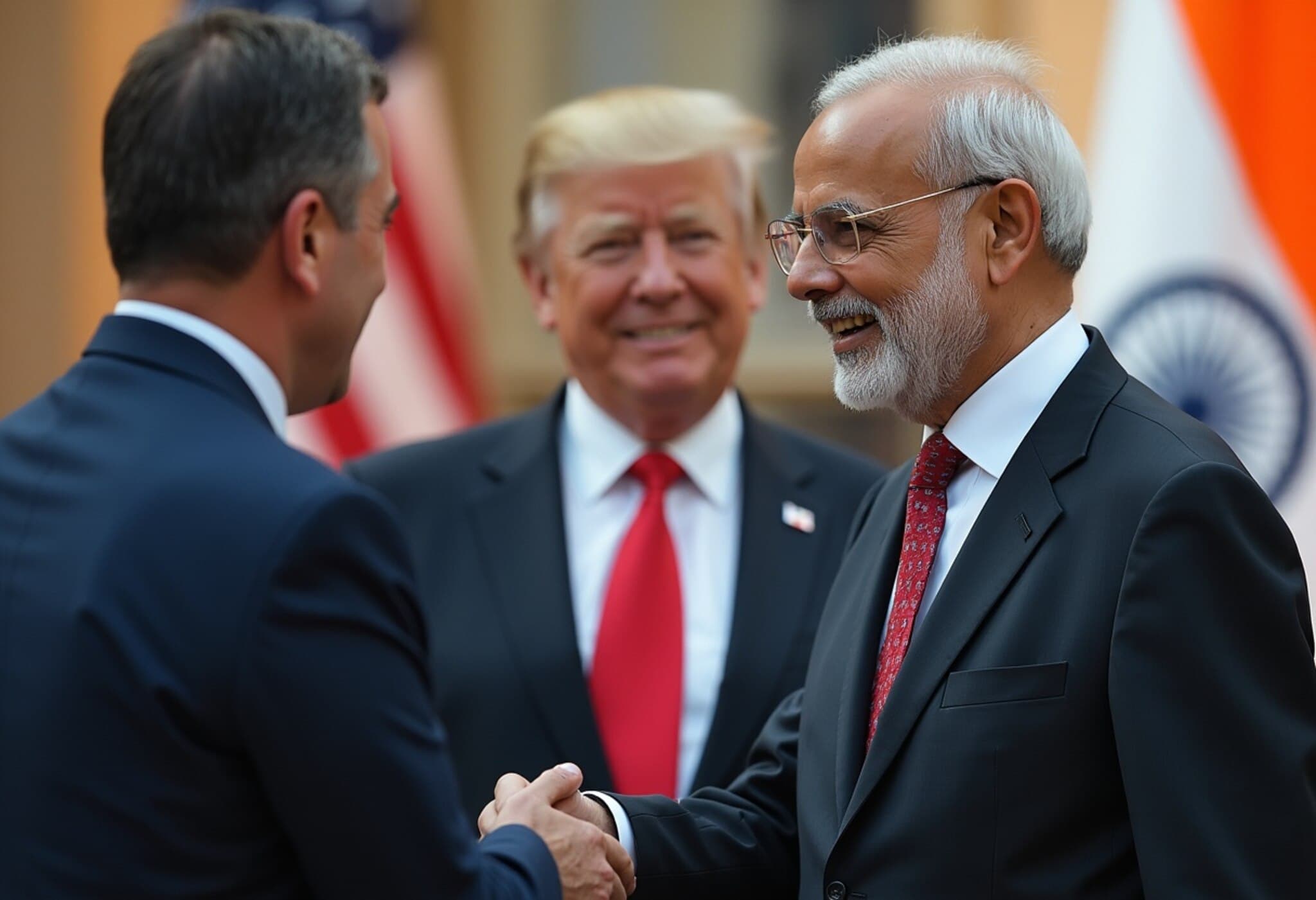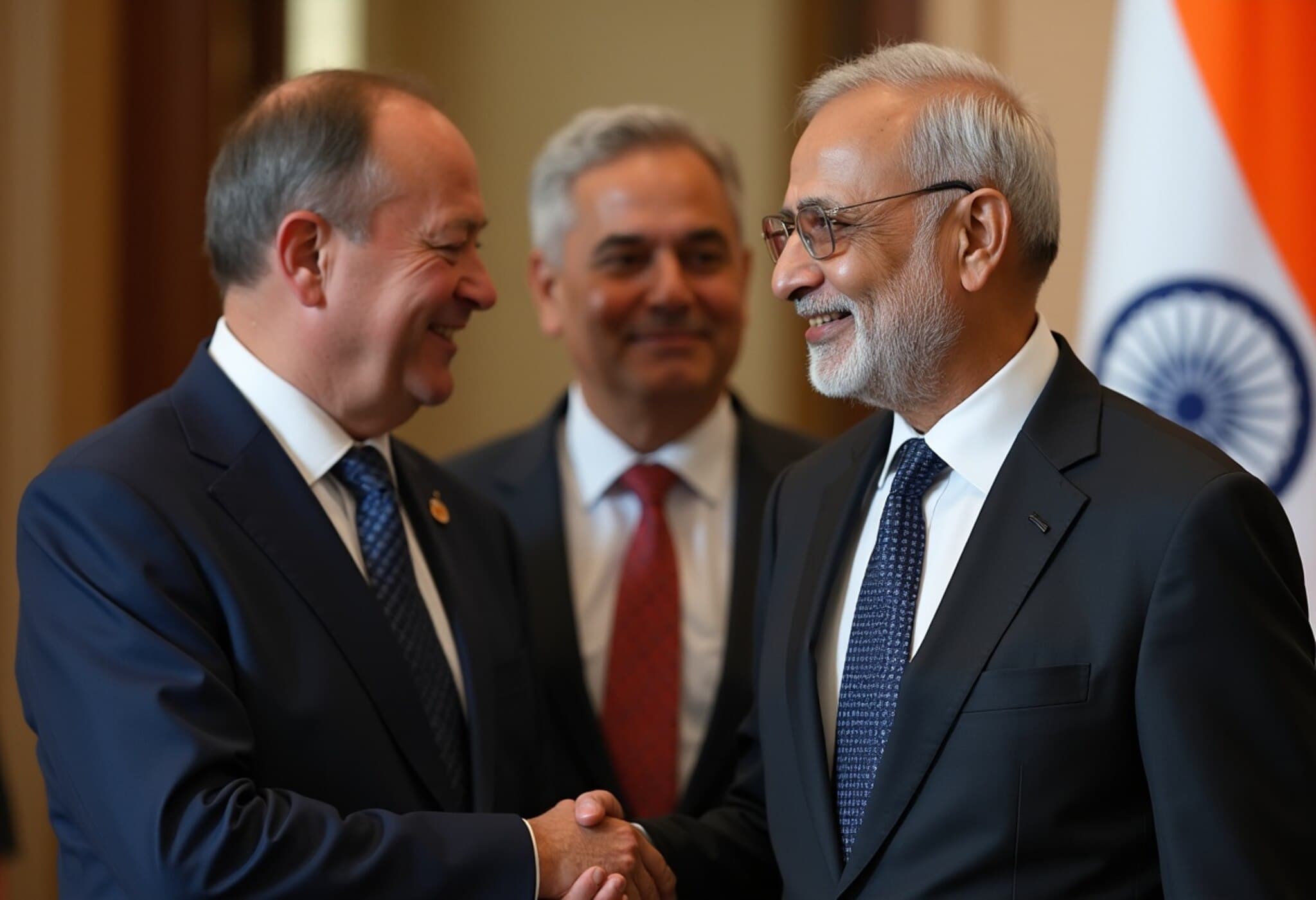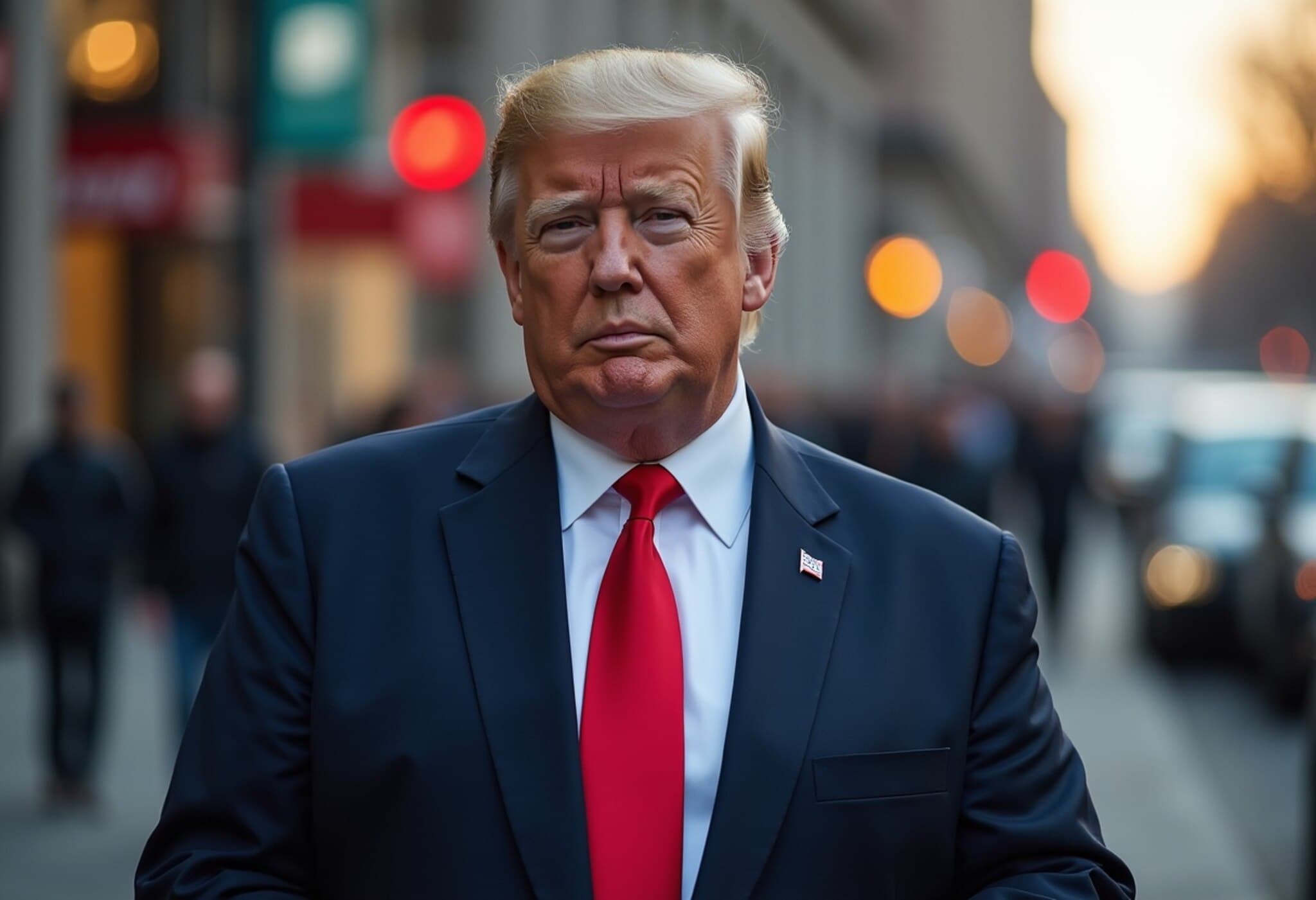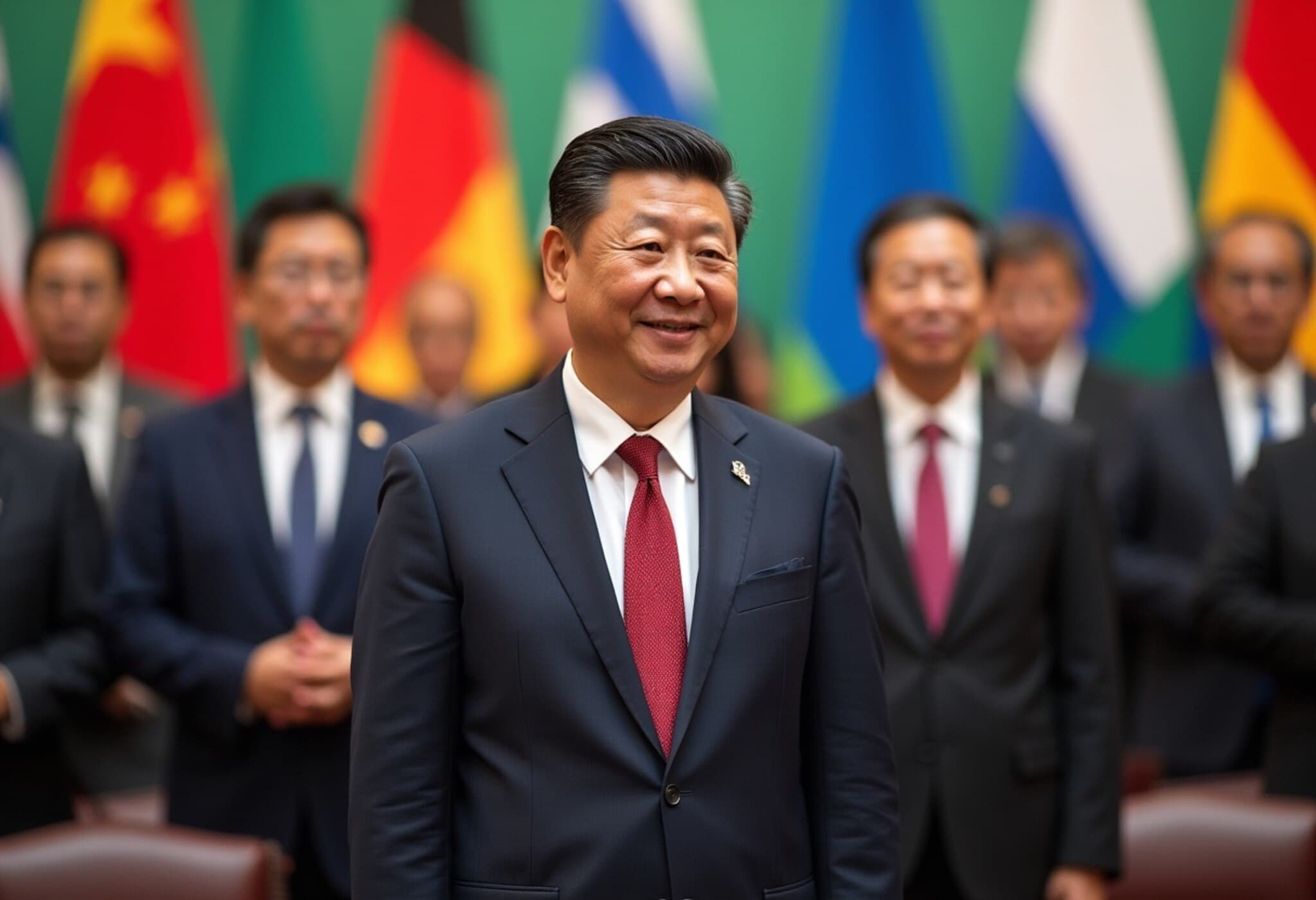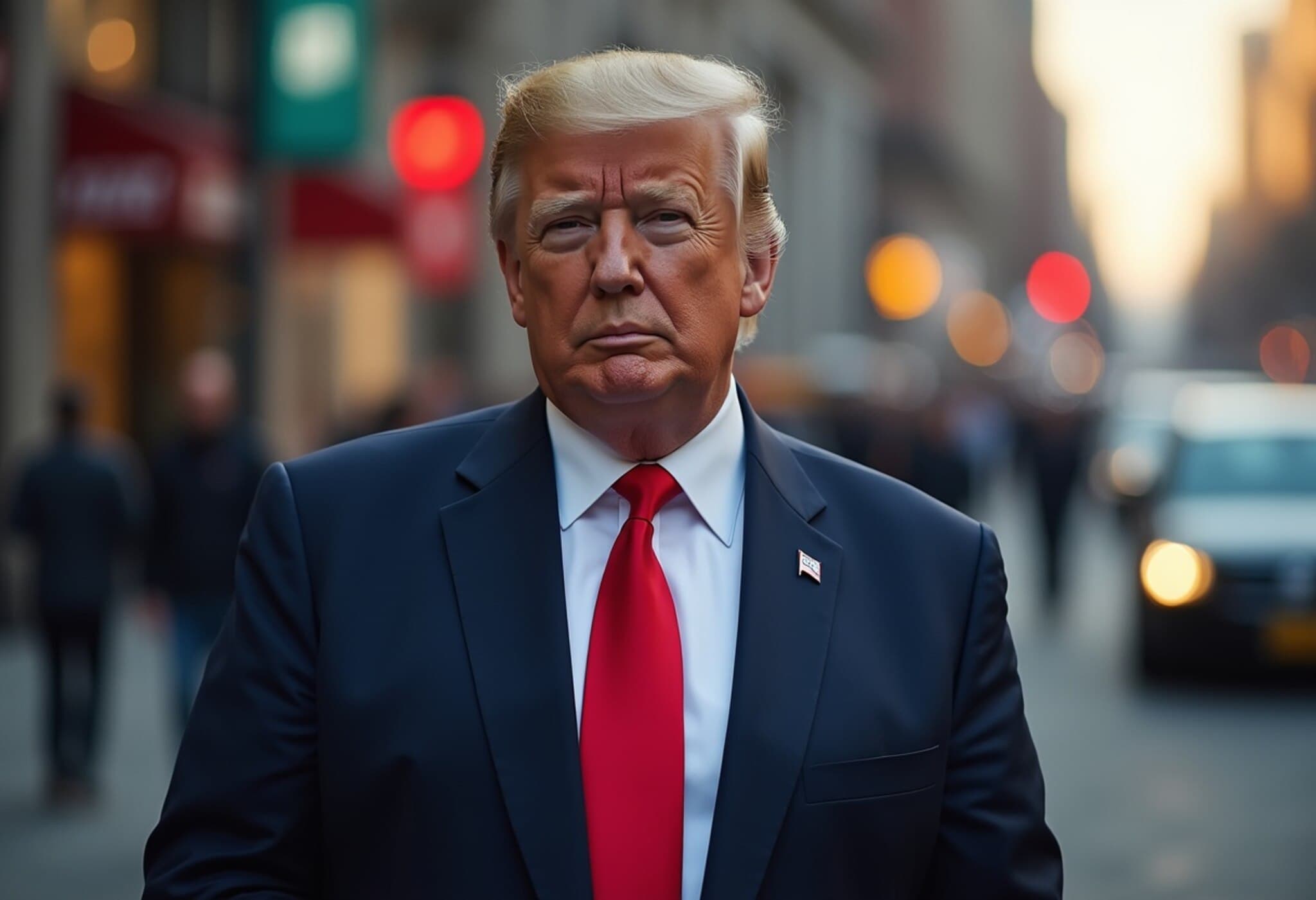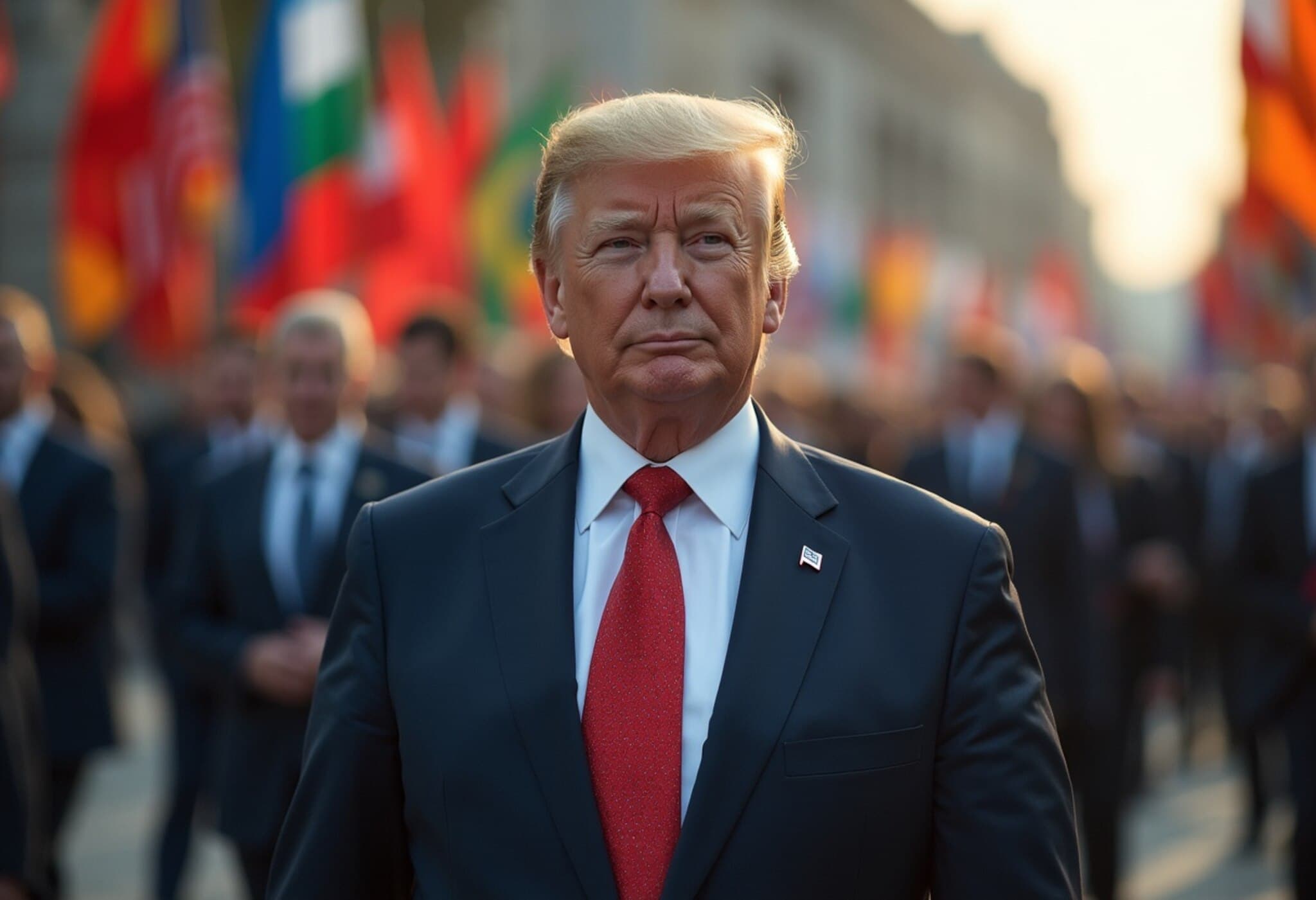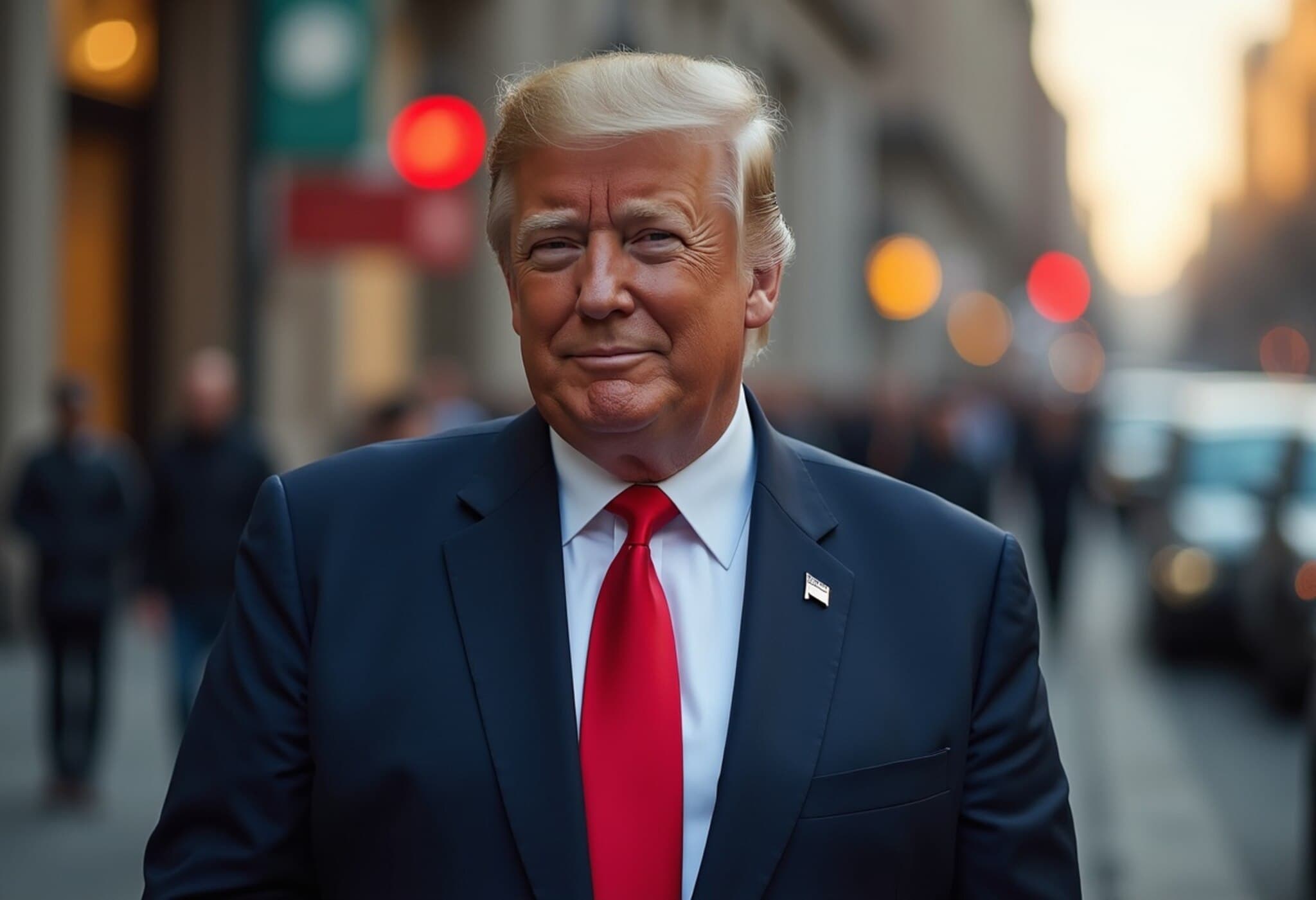US President Trump Announces New 25% Tariffs on Japanese and South Korean Imports
In a move poised to reshape longstanding trade dynamics, US President Donald Trump declared that starting August 1, 2025, a 25% tariff will be imposed on goods imported from Japan and South Korea. This policy, shared through formal letters addressed to Japanese Prime Minister Ishiba Shigeru and South Korean President Lee Jae Myung—and amplified via Trump's social media channel—marks a significant escalation in America’s efforts to address persistent trade imbalances with its key Asian allies.
Trade Deficits and Policy Rationale
President Trump cited what he described as years of unequally balanced trade relationships in his letters. To the Japanese leadership, he wrote, “We have had years to discuss our Trading Relationship with Japan and have concluded that we must move away from these long-term, and very persistent, Trade Deficits.” Trump attributed these deficits to Japan’s tariff and non-tariff policies and trade barriers, which he contended have created a one-sided relationship that is “far from reciprocal.”
Similarly, South Korea faces this new tariff regime as part of a broader Trump administration strategy to protect American industries and reduce what it views as unfair trade practices.
Details and Conditions of the Tariff
- The 25% tariff applies not only to direct imports but also to goods transshipped through these countries to circumvent existing tariffs.
- A critical exception is made if Japanese or South Korean companies manufacture products within the United States; these goods will be exempt from the tariff.
- President Trump pledged streamlined government approvals for companies willing to build or expand manufacturing in the US, aiming to reduce bureaucratic delays.
“We will do everything possible to get approvals quickly, professionally, and routinely – in other words, in a matter of weeks,” Trump assured in his letter.
Market and Economic Implications
The announcement triggered immediate ripples across global financial markets. The US dollar strengthened against the Japanese yen, climbing approximately 0.95% to 145.95, while major US stock indices experienced downward movement amid concerns about the potential escalation of trade tensions.
Market analysts warn that these tariffs could exacerbate supply chain disruptions already lingering from the pandemic and geopolitical uncertainties. There is also speculation about retaliatory measures from Japan and South Korea, which could fuel a tit-for-tat scenario risking broader economic strain.
A Broader Shift in US Trade Policy?
According to the BBC and Reuters, these letters represent the opening salvo in what may be a series of trade actions targeting major US trading partners. Experts note that this development reflects a continuation and intensification of Trump’s “America First” economic stance, which emphasizes trade protectionism and rebalancing long-standing deficits. This raises key questions about the future of multilateral trade agreements, especially in the context of alliances like the US-Japan Security Alliance and the US-South Korea partnership on regional security.
Critical Perspectives and Next Steps
While the US government has yet to specify precisely which product categories will be affected or the comprehensive rationale behind this approach, trade policy analysts urge caution. Many American industries that rely on intricate supply chains involving Japan and South Korea could face increased costs, impacting consumer prices and competitiveness. Moreover, the geopolitical sensitivities involved underscore the delicate balance between economic policy and diplomatic relations.
Editor’s Note
This latest move by the Trump administration spotlights the enduring challenge of navigating global trade in a multipolar world where economic interests and geopolitical alliances intertwine. While the tariffs aim to bolster American manufacturing and rebalance trade deficits, they also open window to complex ripple effects affecting markets, industry supply chains, and international partnerships. Readers should watch for evolving responses from affected countries and monitor how these developments influence US trade doctrine and its global leadership role.

